In a world where the latest gadget is always in demand, it’s easy to overlook the timeless wonders of nature. Yet, if you dig a little deeper, you’ll find that some of the animals you encounter daily have roots that trace back to prehistoric times. These creatures are not just survivors; they are living links to a world that existed millions of years ago. Let’s explore 13 everyday animals with surprising prehistoric pedigrees that might make you look at your neighborhood wildlife in a whole new light.
1. Chickens

Yes, the humble chicken strutting around your backyard has a lineage that can be traced back to the mighty Tyrannosaurus rex. Despite their stark differences in size and ferocity, scientists have discovered that chickens share a similar bone structure and even some genetic traits with their dinosaur ancestors. According to a study published in the journal Science, chickens and other birds are the closest living relatives of dinosaurs, particularly theropods like T. rex. Next time you crack an egg, consider the long evolutionary journey that brought that chicken to your table.
It’s fascinating how such a common bird is a distant cousin to the giants that once roamed our planet. If you think about it, chickens are a testament to nature’s adaptability and resilience. After all, how many species can claim to have existed in one form or another for over 65 million years? It might make you view that morning omelet with a newfound sense of wonder.
2. Crocodiles
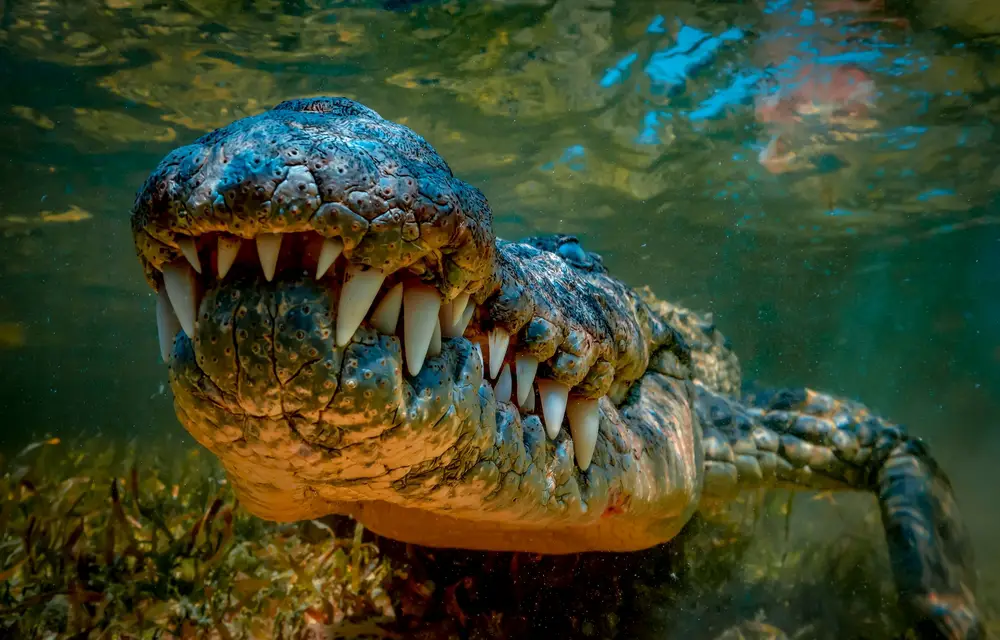
If you’ve ever stared into the eyes of a crocodile, you might have felt like you were gazing back in time—and you’d be right. Crocodiles have remained relatively unchanged for about 200 million years, making them one of the most successful and longstanding species on Earth. This ancient design has served them well, allowing crocodiles to survive multiple mass extinctions, including the one that wiped out the dinosaurs.
Their secret lies in their efficient physiology, which allows them to go long periods without food and survive in a variety of climates. While they might not look like the most sophisticated predators, their streamlined bodies, powerful jaws, and stealthy ambush tactics make them formidably effective hunters. Watching a crocodile bask in the sun is like witnessing a living relic of prehistory in motion. They are, in every sense, nature’s time-tested survivors.
3. Sharks
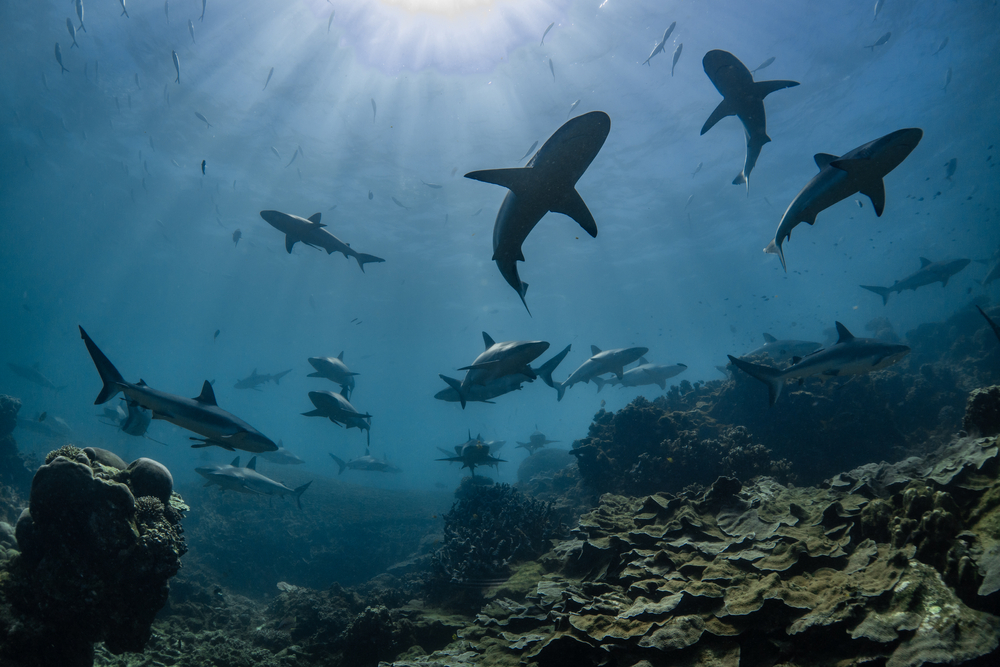
Sharks are one of nature’s most enduring designs, with ancestors dating back over 400 million years, long before the dinosaurs. These incredible predators have evolved into more than 500 species, each uniquely adapted to their environment. According to a National Geographic article, the consistency in the basic shape and function of sharks over millions of years is a testament to their evolutionary success. When you see a shark gliding through the water, you’re witnessing a masterpiece of natural engineering that has thrived through drastic changes on Earth.
Despite their fearsome reputation, sharks are essential to marine ecosystems, helping maintain the balance by preying on the weak and diseased. Their role as apex predators keeps fish populations healthy and thriving. It’s a fascinating reminder of how interconnected life is, with sharks playing a critical part in maintaining the health of our oceans. Next time you see a shark, consider that you’re looking at one of Earth’s most ancient and efficient predators.
4. Turtles

Turtles have been around for about 220 million years, making them one of the oldest reptile groups still in existence. Their distinctive shells, which have evolved to protect them from predators, are a unique adaptation that has changed little over the millennia. Turtles managed to outlive the dinosaurs, and today they inhabit a variety of ecosystems, from oceans to deserts.
Their longevity is partly due to their slow metabolisms and their ability to live both in water and on land, which has provided them with unique survival advantages. The cultural and ecological significance of turtles is immense, as they play crucial roles in their habitats, such as maintaining healthy seagrass beds and coral reefs. Seeing a turtle in the wild is like catching a glimpse of Earth’s ancient past, still thriving today. Each turtle carries millions of years of history on its back, a testament to nature’s enduring power.
5. Horseshoe Crabs
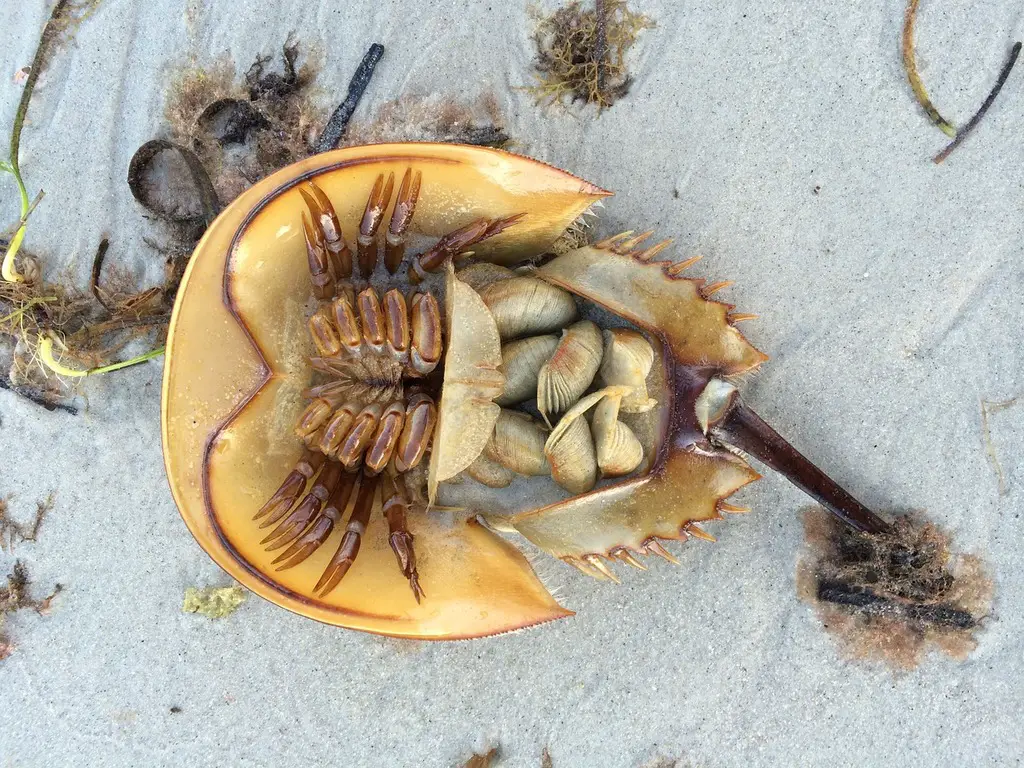
Despite their name, horseshoe crabs are more closely related to spiders and scorpions than to crabs. These remarkable creatures have existed for over 450 million years, surviving multiple mass extinctions that wiped out countless other species. Their distinctive hard shell and spiked tail have remained largely unchanged, earning them the nickname “living fossils.” A study published in the journal Ecology and Evolution highlights their unchanged physiology as one of the reasons for their survival.
Horseshoe crabs are essential to modern medicine, as their blue blood is used to ensure the safety of vaccines and medical devices. Their blood contains a unique substance that clots in the presence of bacterial toxins, making it invaluable for detecting contamination. Despite their unassuming appearance, horseshoe crabs are crucial both ecologically and medically. Next time you spot one on a beach, consider the immense historical and scientific value of these ancient mariners.
6. Opossums

The opossum, often underestimated and misunderstood, is another remarkable survivor from the age of dinosaurs. These nocturnal marsupials have a history that dates back about 70 million years. Their ability to adapt to various environments has played a key role in their survival through significant planetary changes.
Opossums possess some unique traits, such as a high resistance to snake venom, which allows them to prey on venomous snakes. Their “playing dead” act is a well-known defense mechanism that confuses predators, giving them a better chance to escape. While they may seem like ordinary urban wildlife, opossums are fascinating creatures that have withstood the test of time. Their story is one of resilience and adaptability in the ever-changing dance of evolution.
7. Platypuses
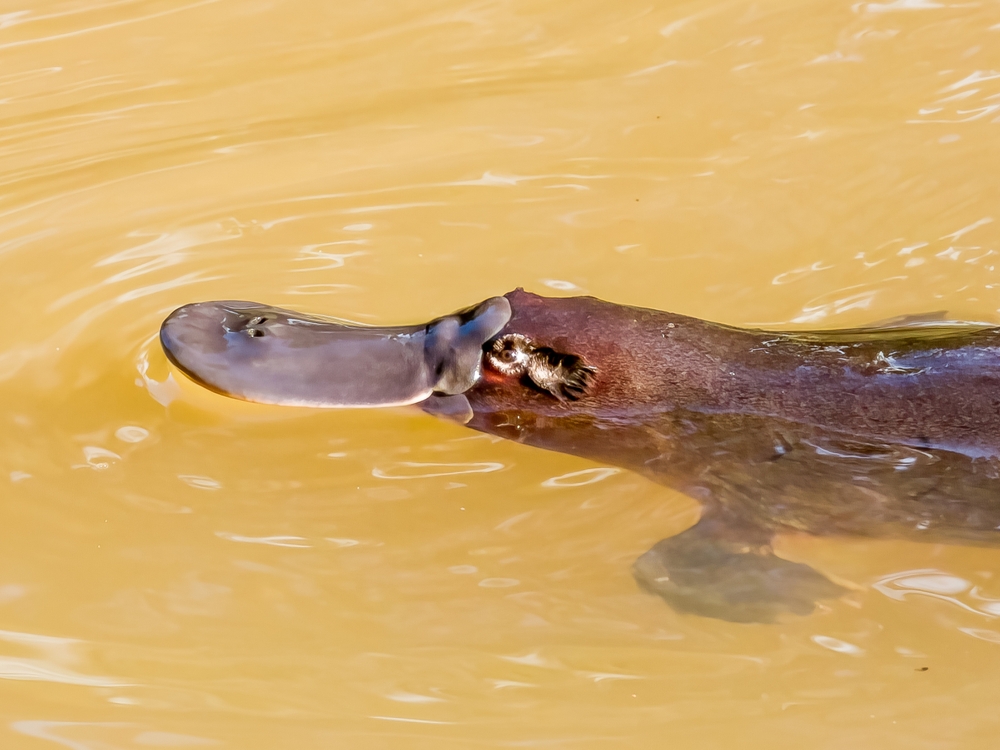
The platypus is one of the most peculiar animals on Earth, and its evolutionary history is just as intriguing. With ancestors tracing back over 100 million years, the platypus is one of the last surviving species of monotremes, a primitive group of egg-laying mammals. A study by the University of Copenhagen highlighted the platypus as a genetic oddity, possessing characteristics of both mammals and reptiles. This blend of traits makes the platypus a living puzzle piece of evolutionary history.
Their unique features, such as a duck-bill, webbed feet, and venomous spurs, demonstrate nature’s creativity in problem-solving. Often described as nature’s Frankenstein, the platypus challenges our understanding of mammalian evolution. Watching a platypus swim in a river is like observing a whimsical relic of prehistoric times. Despite their odd appearance, they play a vital role in their ecosystems, controlling insect populations and serving as indicators of water health.
8. Snakes
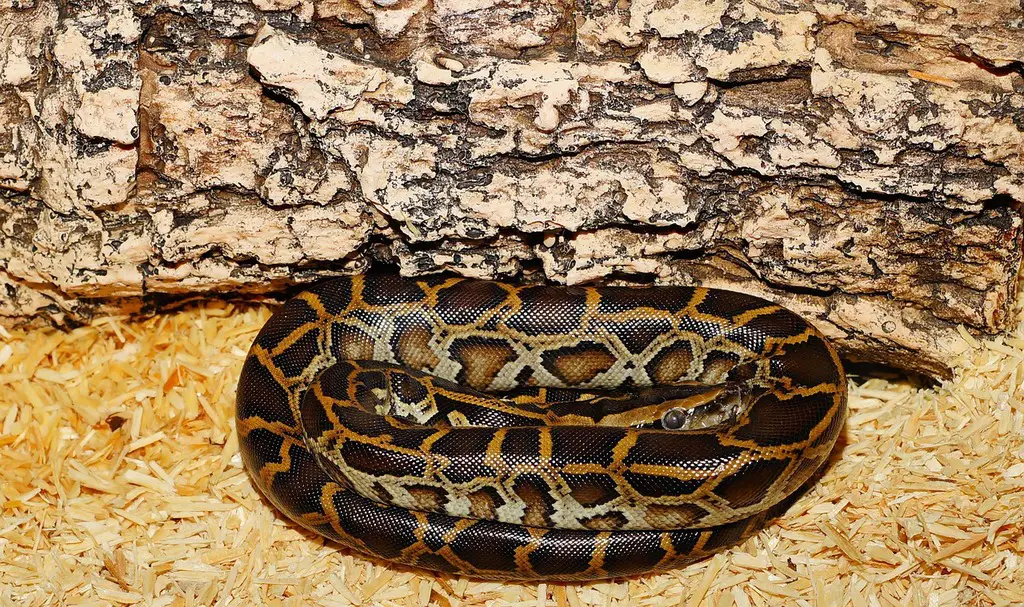
Snakes have captivated human imagination for millennia, appearing in myths and legends across cultures. With origins dating back about 100 million years, snakes evolved from burrowing lizards during the time of the dinosaurs. Their elongated, legless bodies are highly specialized for their environment, allowing them to move with stealth and strike with precision.
Interestingly, snakes have a unique method of locating prey: a highly developed sense of smell and the ability to detect infrared radiation. This adaptation has helped them thrive in diverse environments, from deserts to rainforests. While they often evoke fear, snakes are crucial in controlling rodent populations and maintaining ecological balance. Each encounter with a snake is a reminder of the ancient world still slithering among us.
9. Crayfish

Crayfish, or crawfish, are more than just a Southern delicacy; they are ancient crustaceans with a lineage dating back over 300 million years. These freshwater creatures have adapted to a wide range of habitats, from rocky streams to muddy ponds. Their ability to breathe through gills and extract oxygen from the water has been crucial to their survival over the ages.
Crayfish play important ecological roles, such as recycling nutrients and providing food for other animals. They are also considered bioindicators, meaning their presence can signal the health of an ecosystem. Though they might seem like simple creatures, crayfish offer a glimpse into a long and complex evolutionary history. Next time you enjoy a crawfish boil, remember that you’re dining on a dish with deep prehistoric roots.
10. Cockroaches
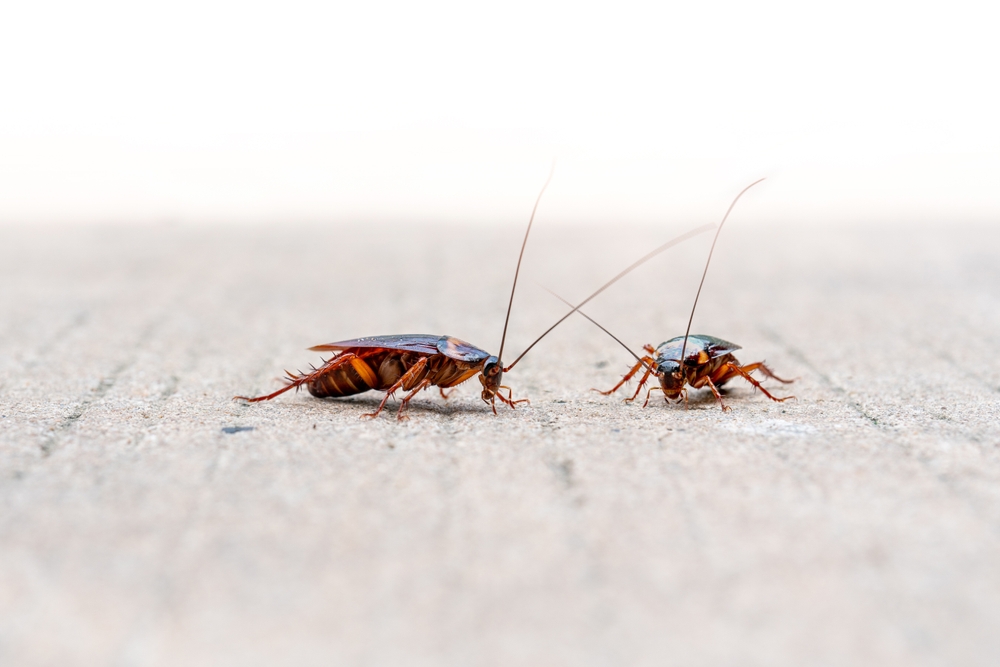
Cockroaches may not be your favorite house guest, but they are undeniably resilient creatures with origins dating back over 300 million years. These insects have survived by adapting to a variety of environments, from tropical forests to urban dwellings. Their flat bodies and incredible speed help them evade predators and find shelter in the smallest crevices.
Despite their reputation, cockroaches are crucial for nutrient recycling in ecosystems. They break down decaying organic matter, returning essential nutrients to the soil. While their presence might be unwelcome in your home, cockroaches are a testament to nature’s ingenuity in survival. They remind us that resilience often comes in unexpected forms, even in the most unglamorous creatures.
11. Dragonflies
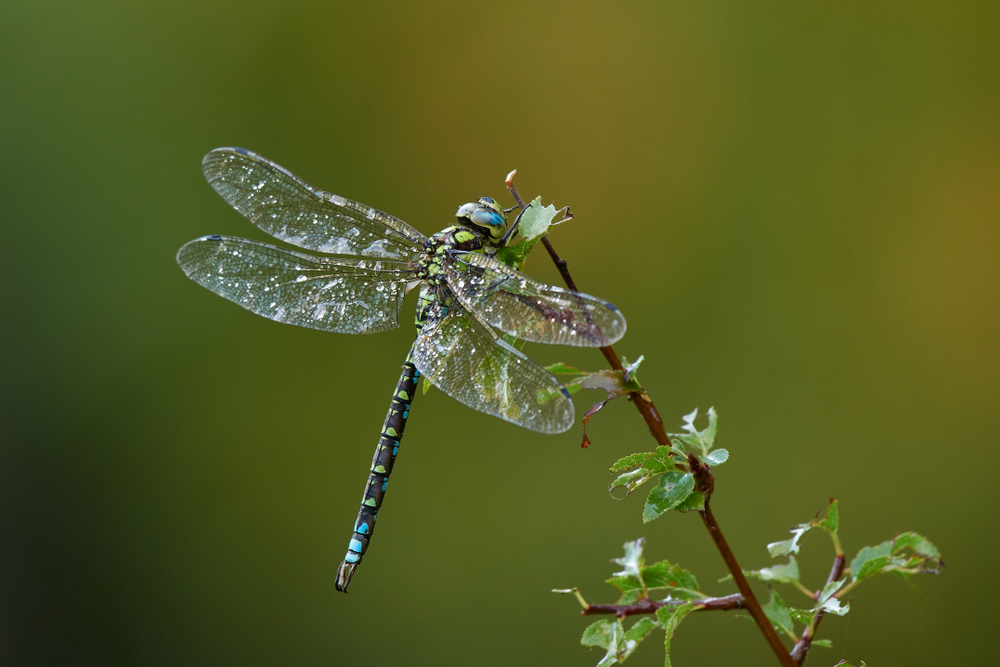
Dragonflies are aerial acrobats that have been zipping through the skies for over 300 million years. Their ancestors were among the first insects to take to the air, with wingspans reaching up to two feet. Modern dragonflies, while smaller, retain the same formidable hunting skills, capturing prey mid-air with incredible precision.
Their compound eyes give them nearly 360-degree vision, enabling them to detect movement and avoid predators. Dragonflies play a crucial role in controlling mosquito populations, making them valuable allies in reducing the spread of mosquito-borne diseases. Witnessing a dragonfly’s iridescent flight is like experiencing a piece of the prehistoric world still in motion. Their continued presence is a reminder of the enduring beauty and complexity of life on Earth.
12. Armadillos

Armadillos, with their distinctive armor-like shells, have been wandering the planet for about 30 million years. These unique mammals evolved from ancient relatives of sloths and anteaters. Their protective shells are made of bony plates covered in tough skin, providing defense against predators.
Armadillos are expert diggers, using their strong claws to create burrows for shelter and foraging. They play an important role in their ecosystems by aerating the soil and controlling insect populations. While they might seem like quirky creatures, armadillos are a testament to the power of adaptation. Their presence in modern landscapes serves as a connection to a long-lost prehistoric world.
13. Ants

Ants are some of the most successful and diverse creatures on Earth, with a history that stretches back over 140 million years. Their complex social structures and ability to work collectively have allowed them to thrive in nearly every environment. Ants engage in activities like farming fungi, herding aphids, and building intricate underground colonies.
Their cooperative behavior and division of labor are key to their success, enabling them to adapt to challenges and changes in their environment. Ants play significant roles in ecosystems, such as seed dispersal and organic material decomposition. Observing an ant colony is like watching a well-oiled machine in action, a marvel of natural engineering honed over millions of years. These tiny insects are a testament to how teamwork and adaptation can lead to enduring success.
